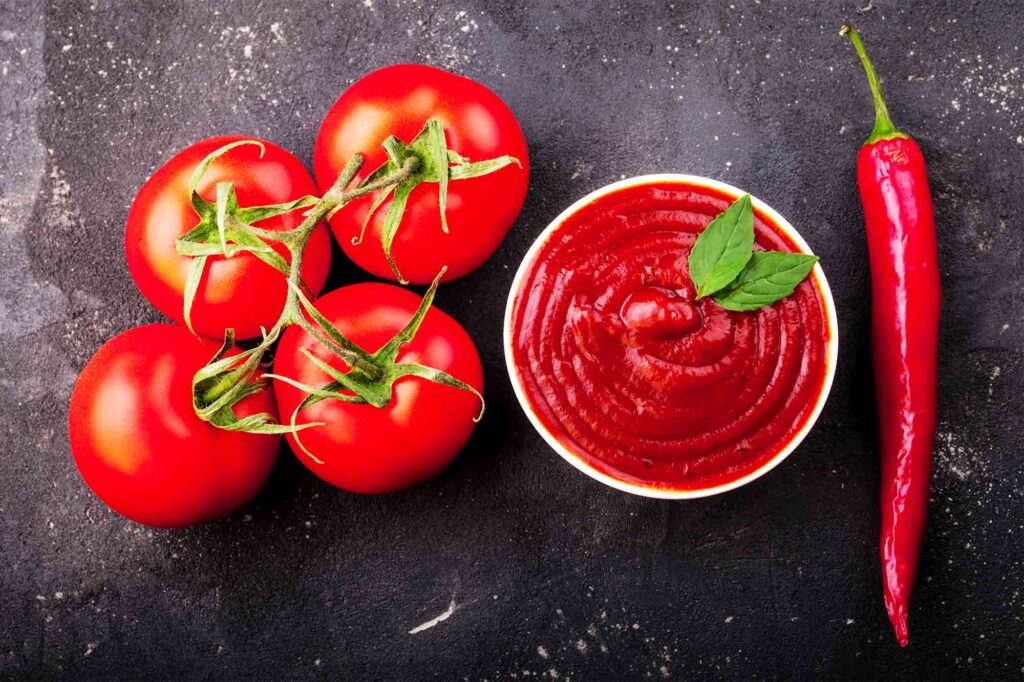Ketchup, that ubiquitous red condiment found on dining tables worldwide, has a rich and fascinating history that spans centuries and continents.
From its humble origins in Southeast Asia to its modern-day status as a global culinary superstar, ketchup's journey is a testament to the power of cultural exchange and innovation.
In this article, we will delve into the history of ketchup, exploring its evolution from a fermented fish sauce to the sweet and tangy tomato-based delight we know today.

The Origins of Ketchup
Ketchup's story begins in ancient Southeast Asia, where it was initially a fermented fish sauce called "kecap" in Indonesia. This fish-based concoction was a staple in Indonesian and Malaysian cuisine, known for its intense umami flavor.
Chinese traders and seafarers encountered this sauce during their voyages and brought it back to their homeland.
The Transformation in China
In China, ketchup underwent a transformation. It became known as "kôe-chiap" or "kê-chiap," and instead of fish, it featured ingredients like soybeans, wheat, and spices. Chinese ketchup had a thicker consistency and was closer to what we now associate with soy sauce, but with a spicier and more pungent kick.
Chinese immigrants later introduced ketchup to the Western world.

The European Adoption
Europeans, particularly the British, embraced ketchup with open arms. In the 18th century, British sailors and traders who had tasted ketchup in Asia returned home with a taste for the exotic condiment. The British adapted the recipe to suit their taste, using locally available ingredients such as mushrooms, anchovies, and walnuts.
Mushroom ketchup, in particular, became a beloved British culinary staple.

The American Tomato Revolution
Ketchup's biggest transformation occurred when it reached the shores of North America. Tomatoes, native to the Americas, were introduced to ketchup recipes in the early 19th century.
This tomato-infused ketchup quickly gained popularity in the United States. It was thicker, sweeter, and tangier than its European predecessors, thanks to the tomato's natural sugars and acidity.

The Rise of Heinz
In 1876, Henry J. Heinz launched his tomato-based ketchup, and it would forever change the condiment landscape. Heinz's ketchup was unique because it was produced on a large scale, used ripe and unpeeled tomatoes, and contained no artificial preservatives.
It set a new standard for ketchup quality and taste.
Today, ketchup is a global phenomenon, beloved by people of all ages and backgrounds. It has transcended its humble origins in Southeast Asia to become an integral part of cuisines around the world.

Whether you're dipping french fries, slathering it on a burger, or mixing it into a secret sauce recipe, ketchup's history is a testament to the way food cultures evolve and adapt over time.
So, the next time you reach for that iconic red bottle, remember the long and fascinating journey that has made ketchup the world's favorite condiment.




